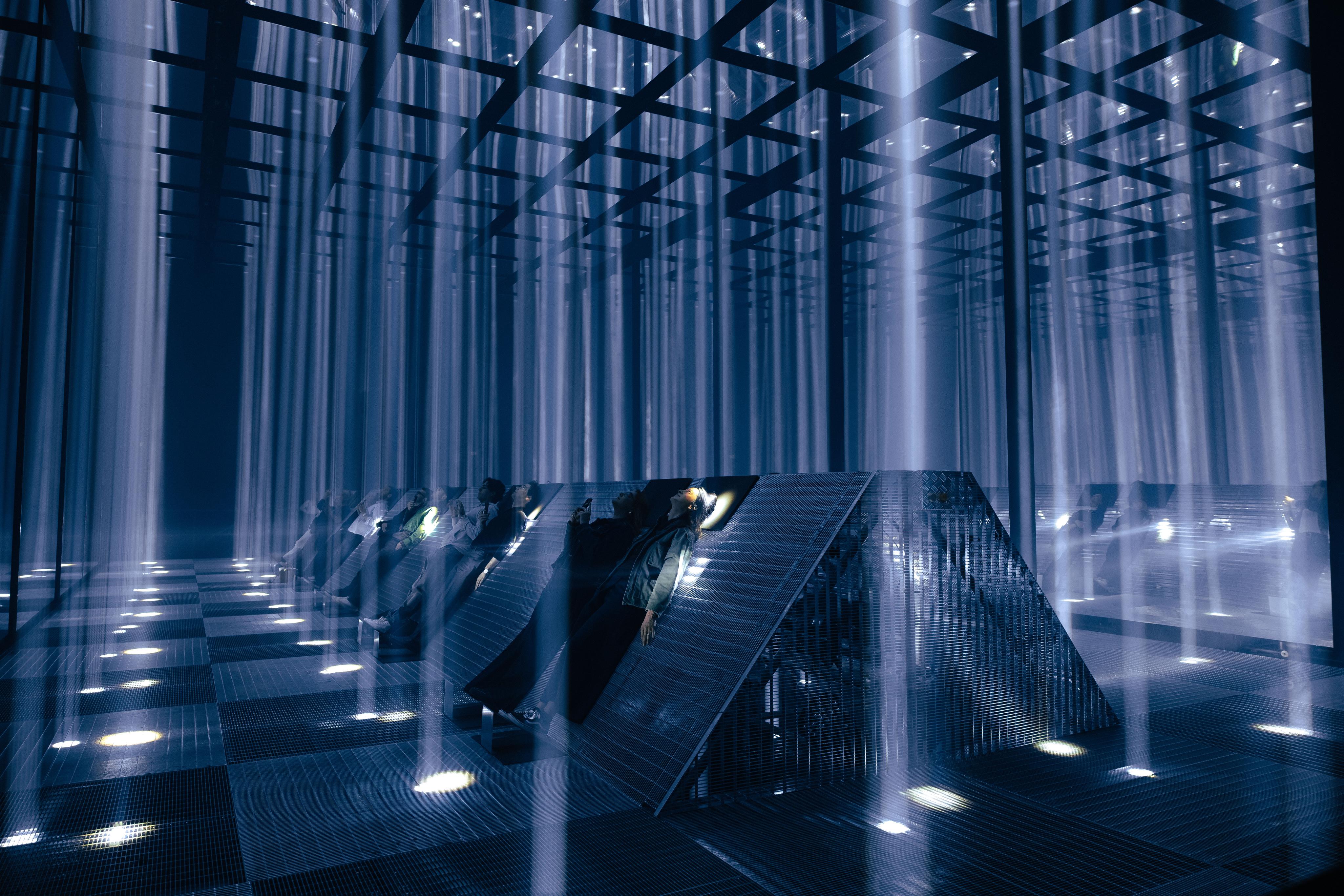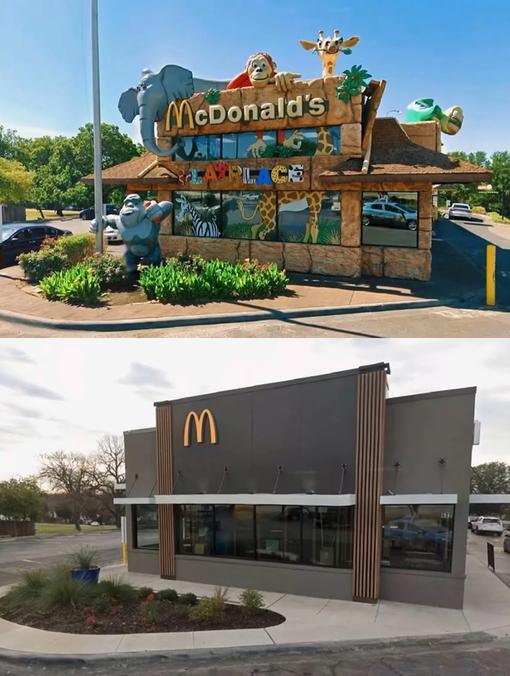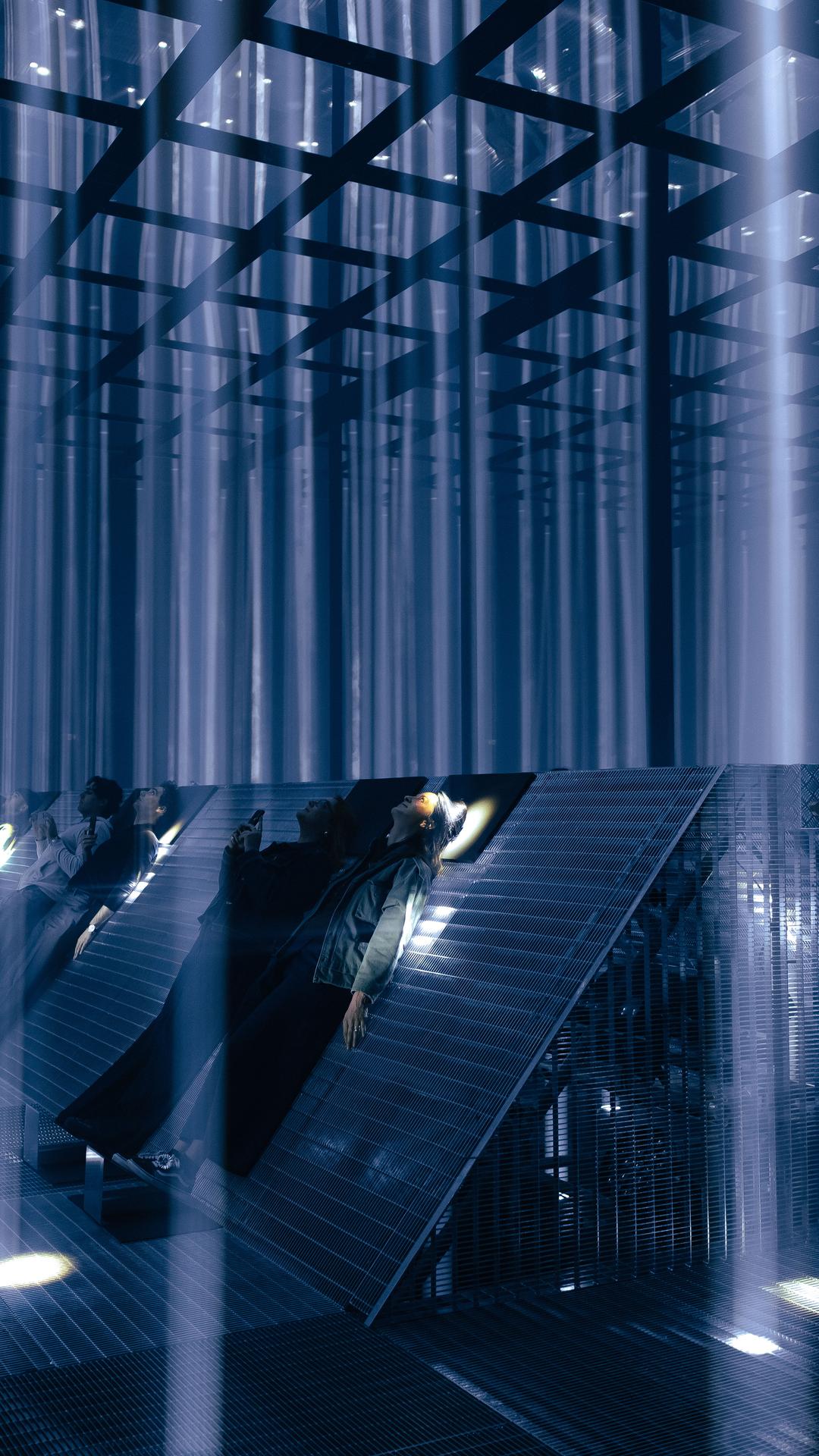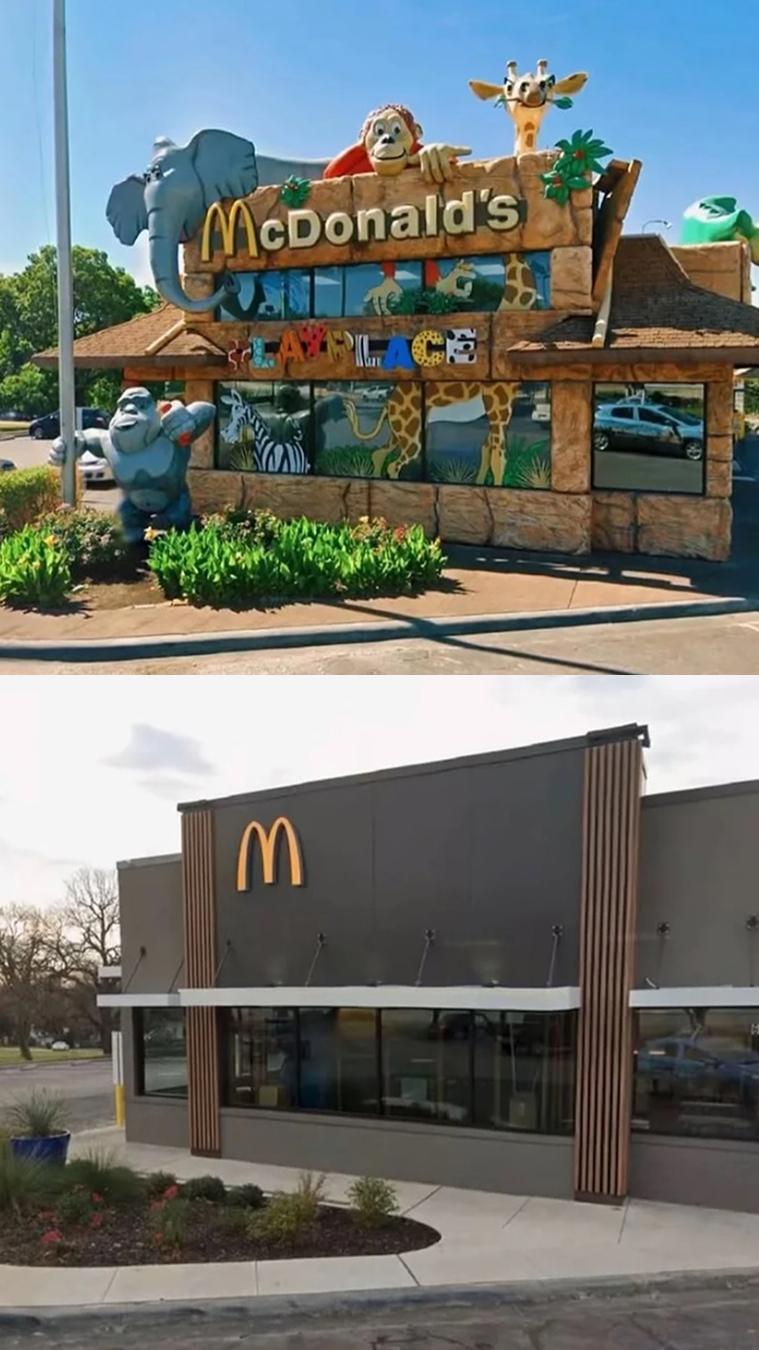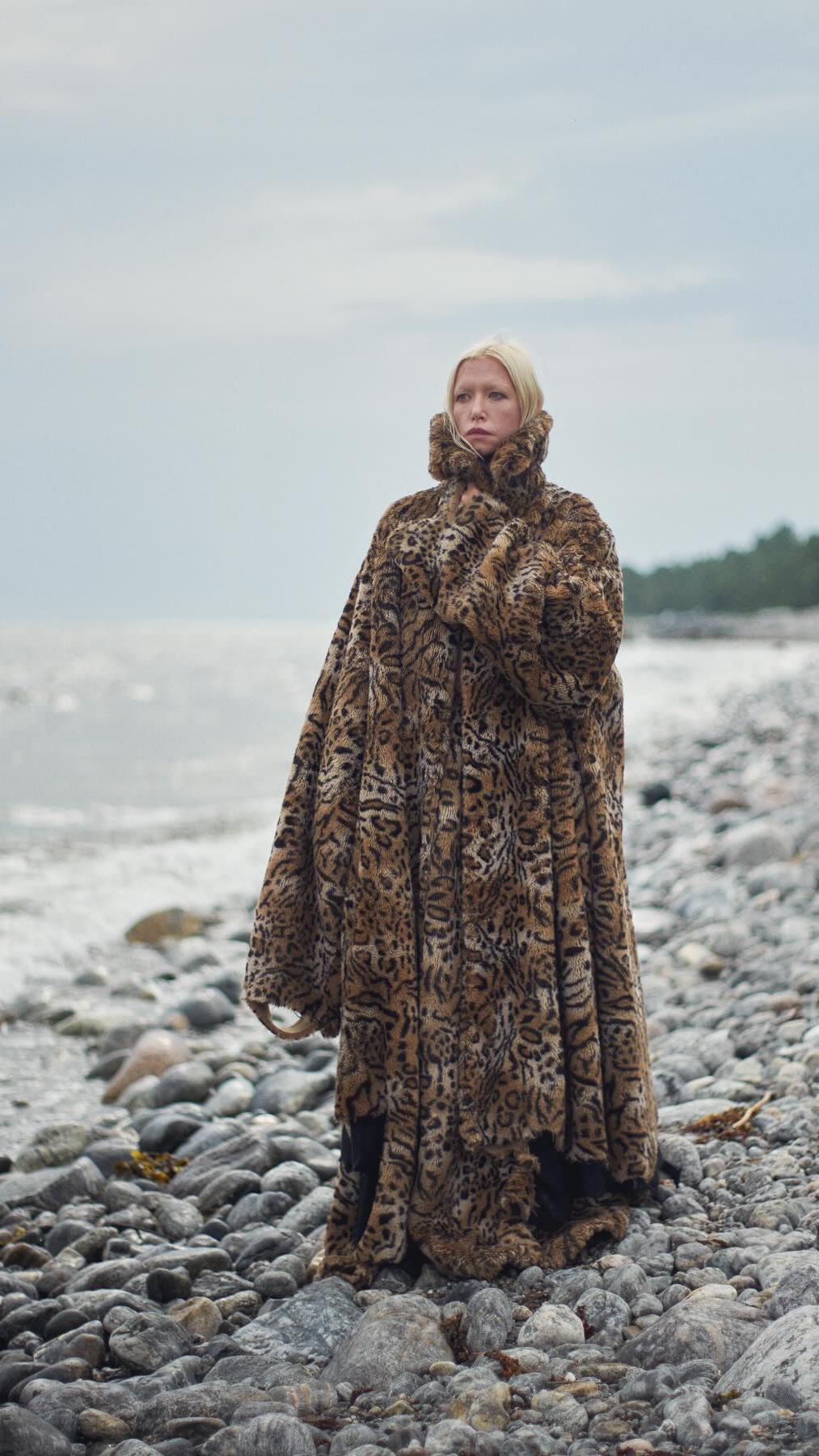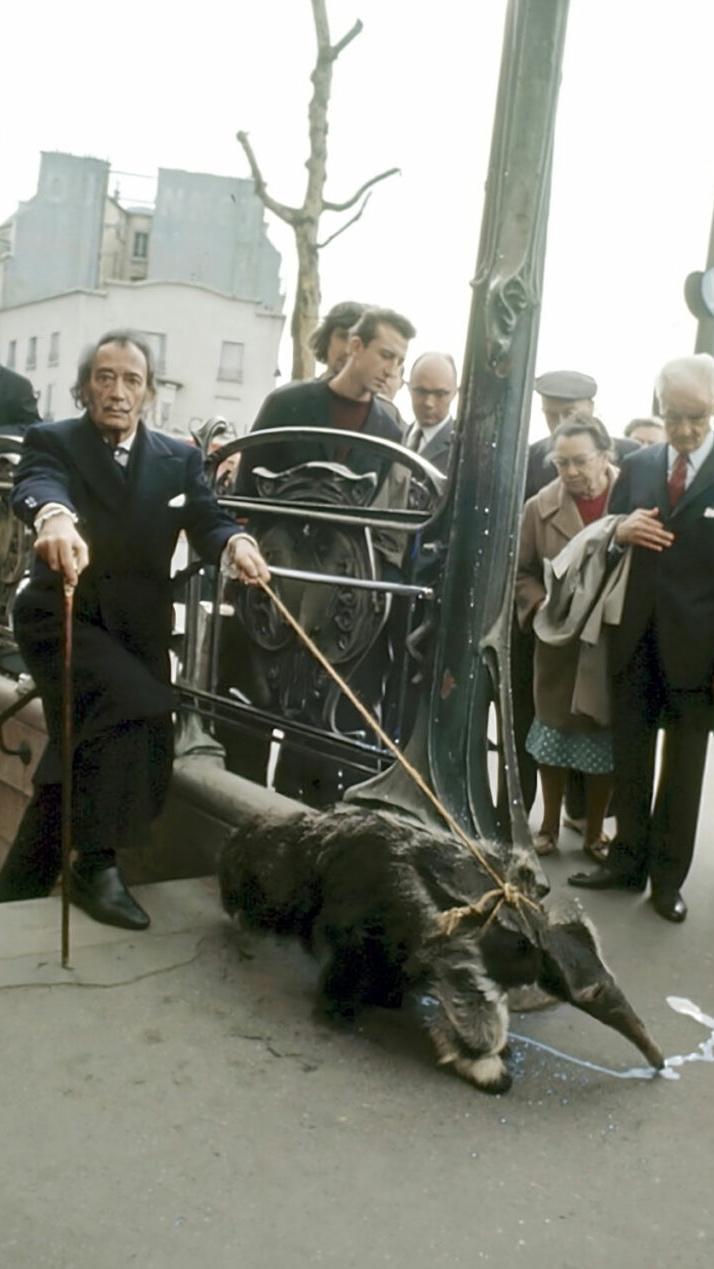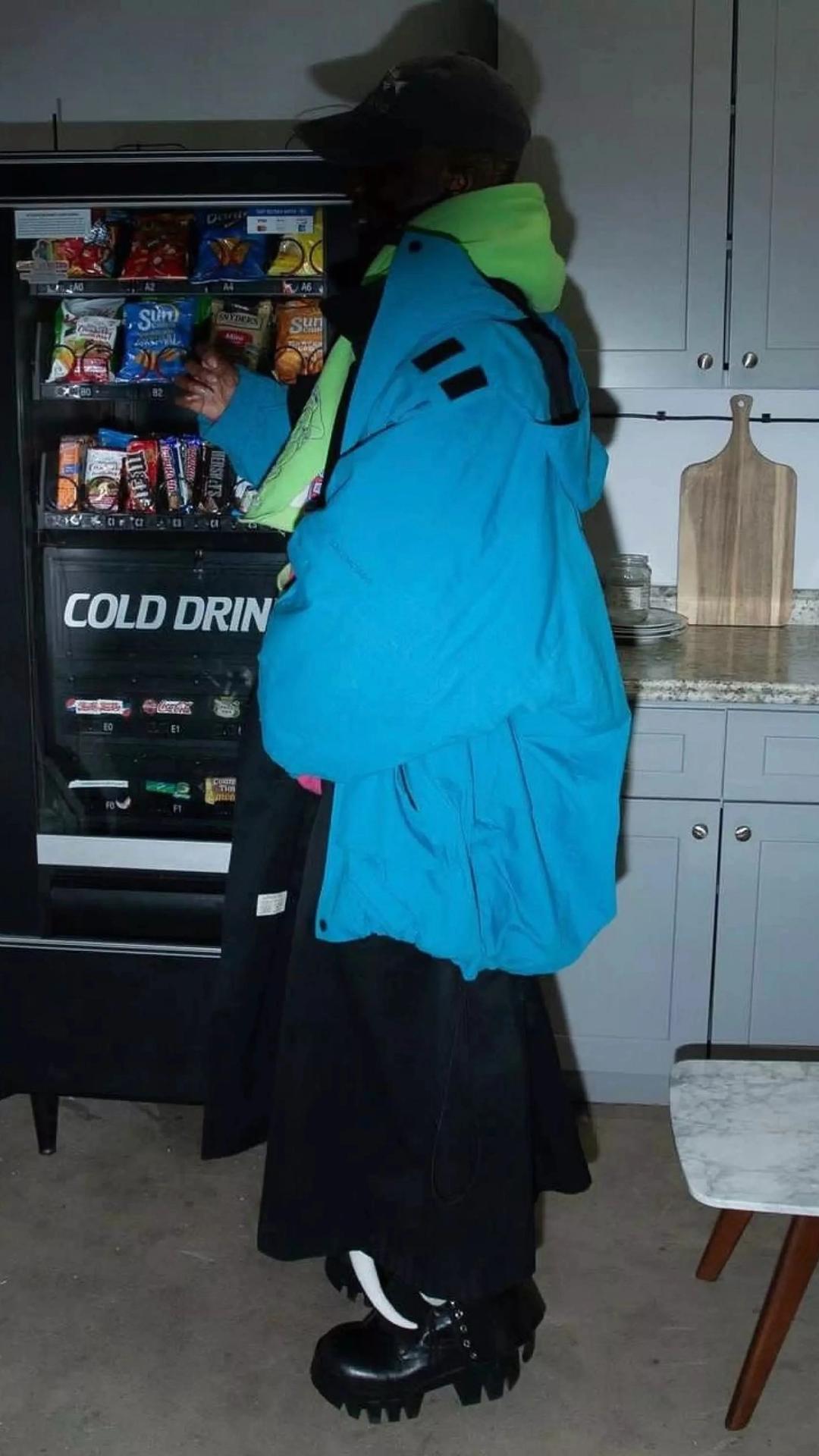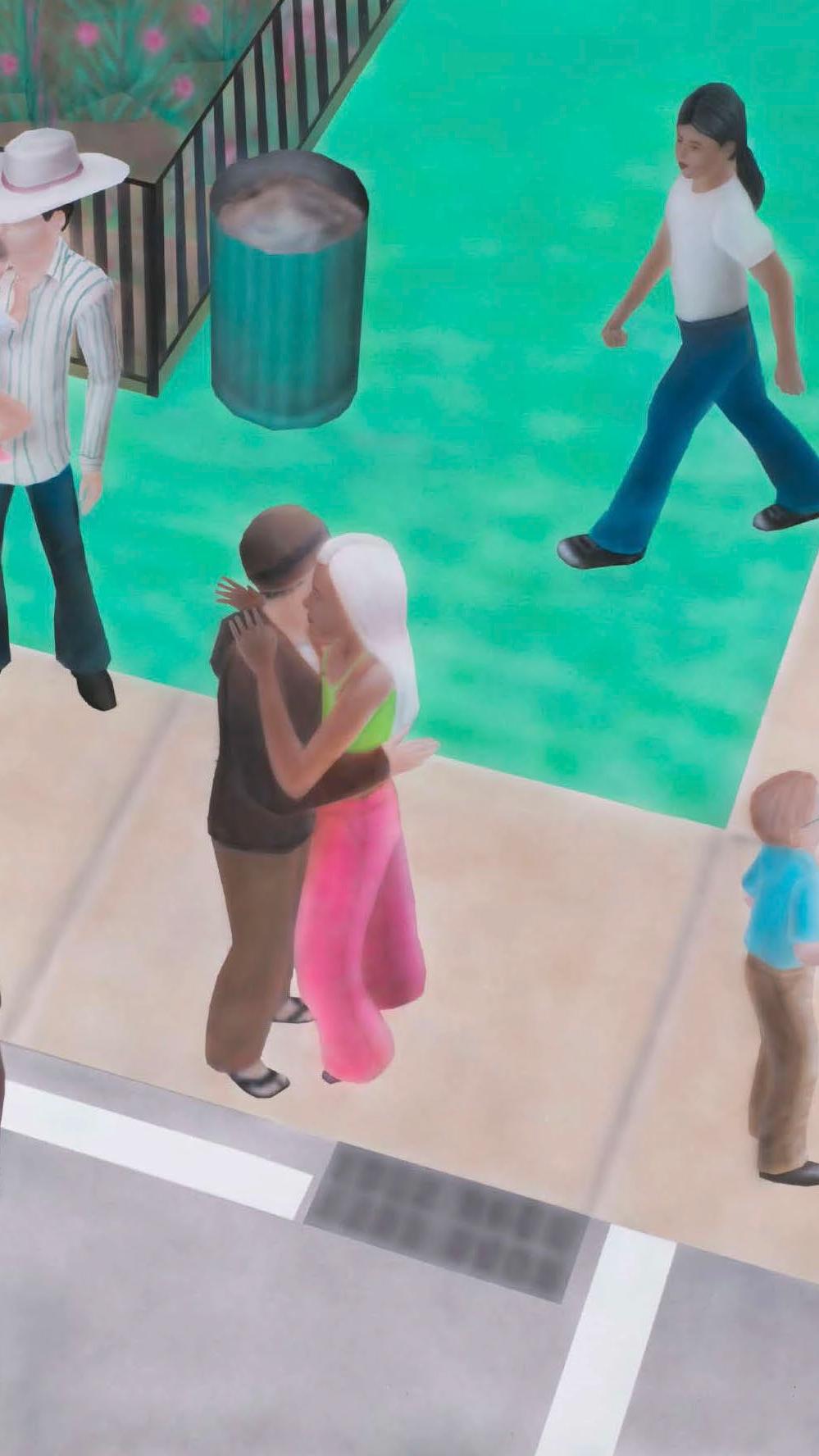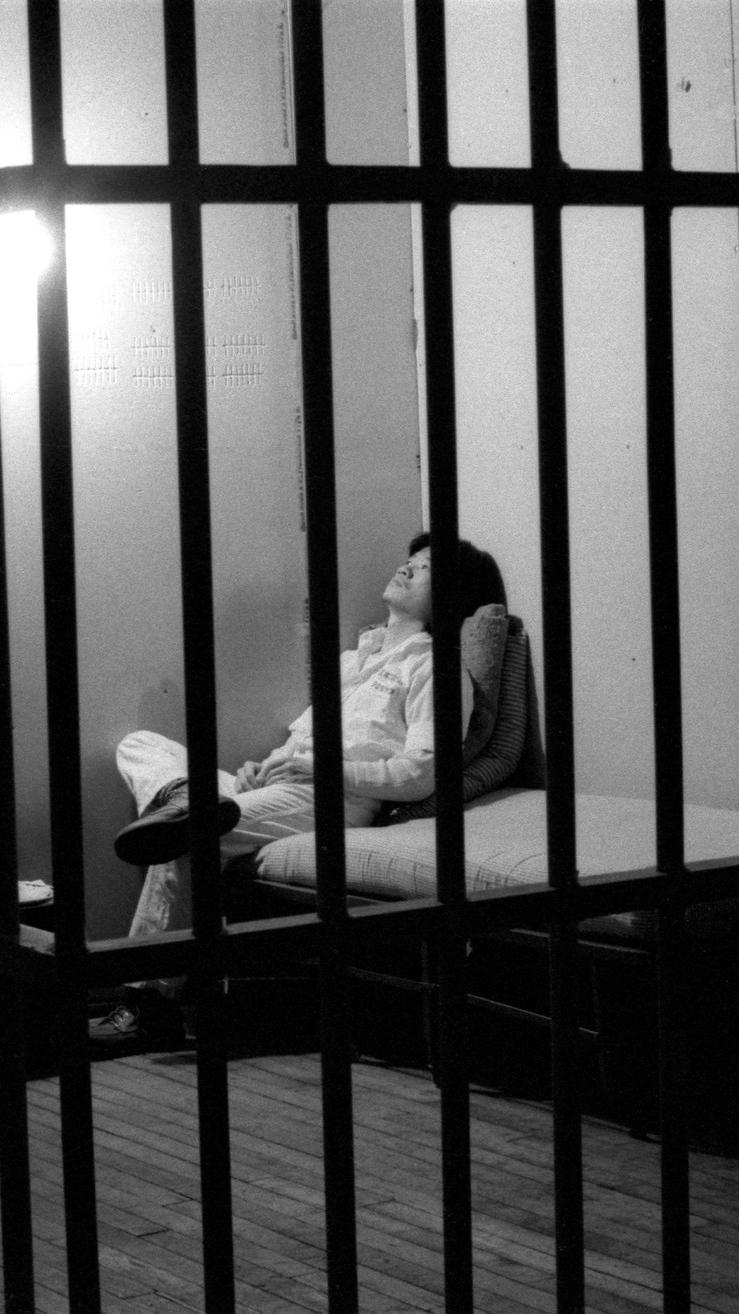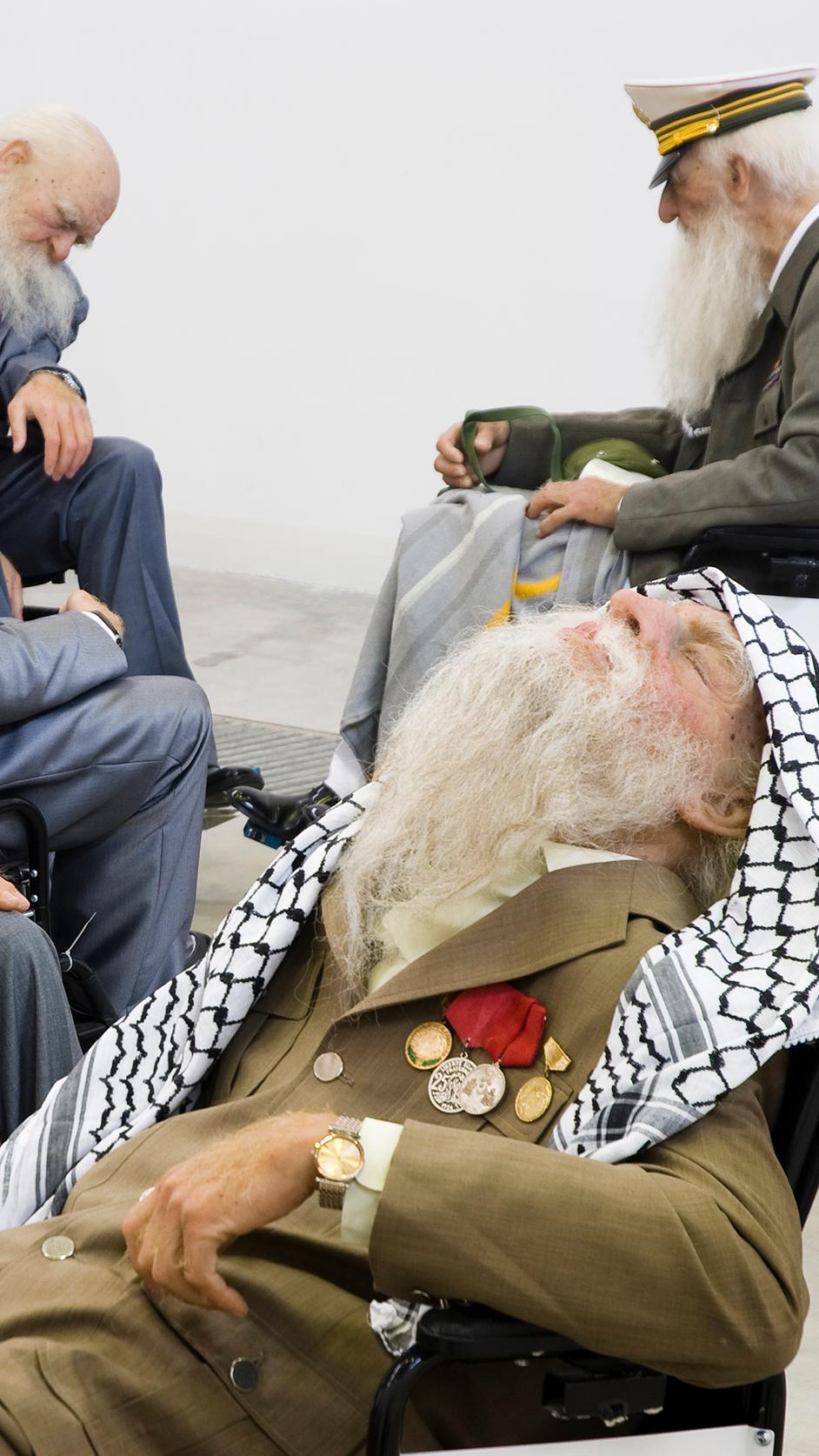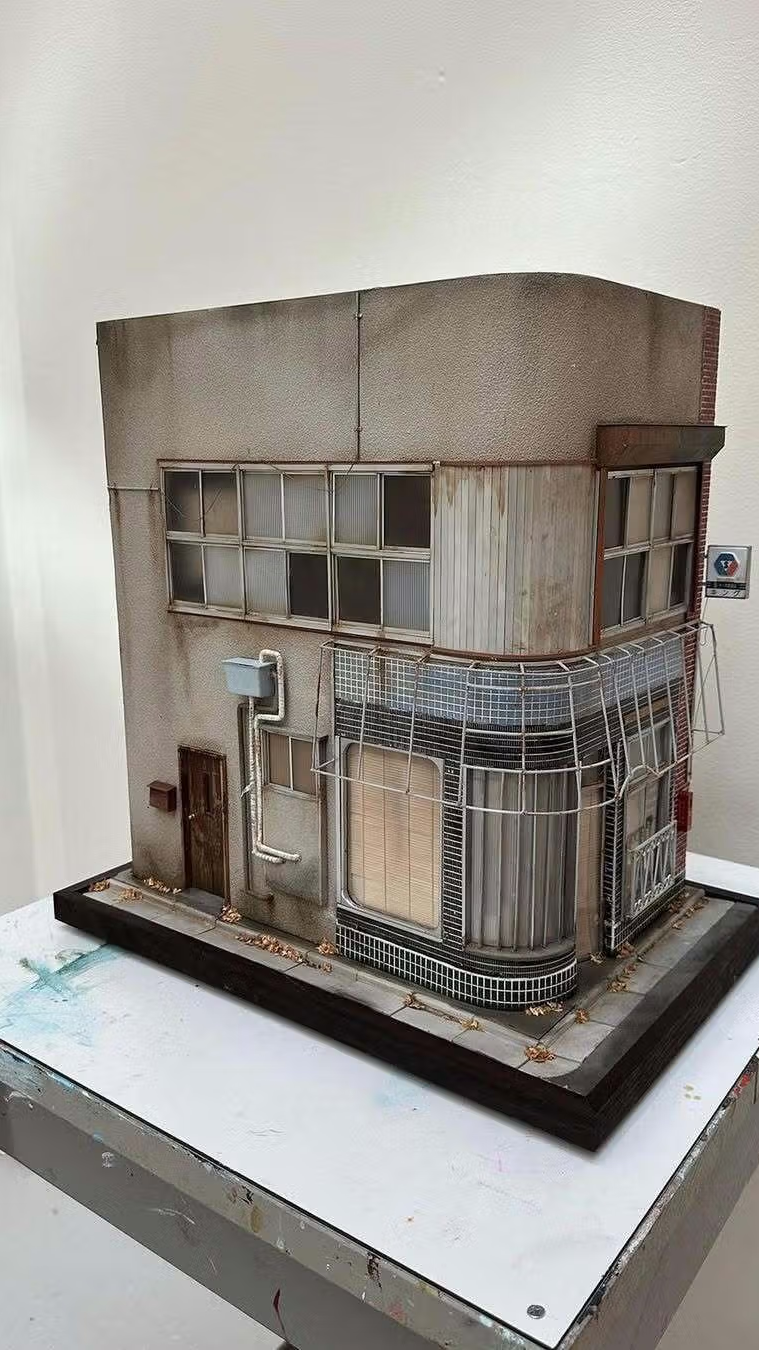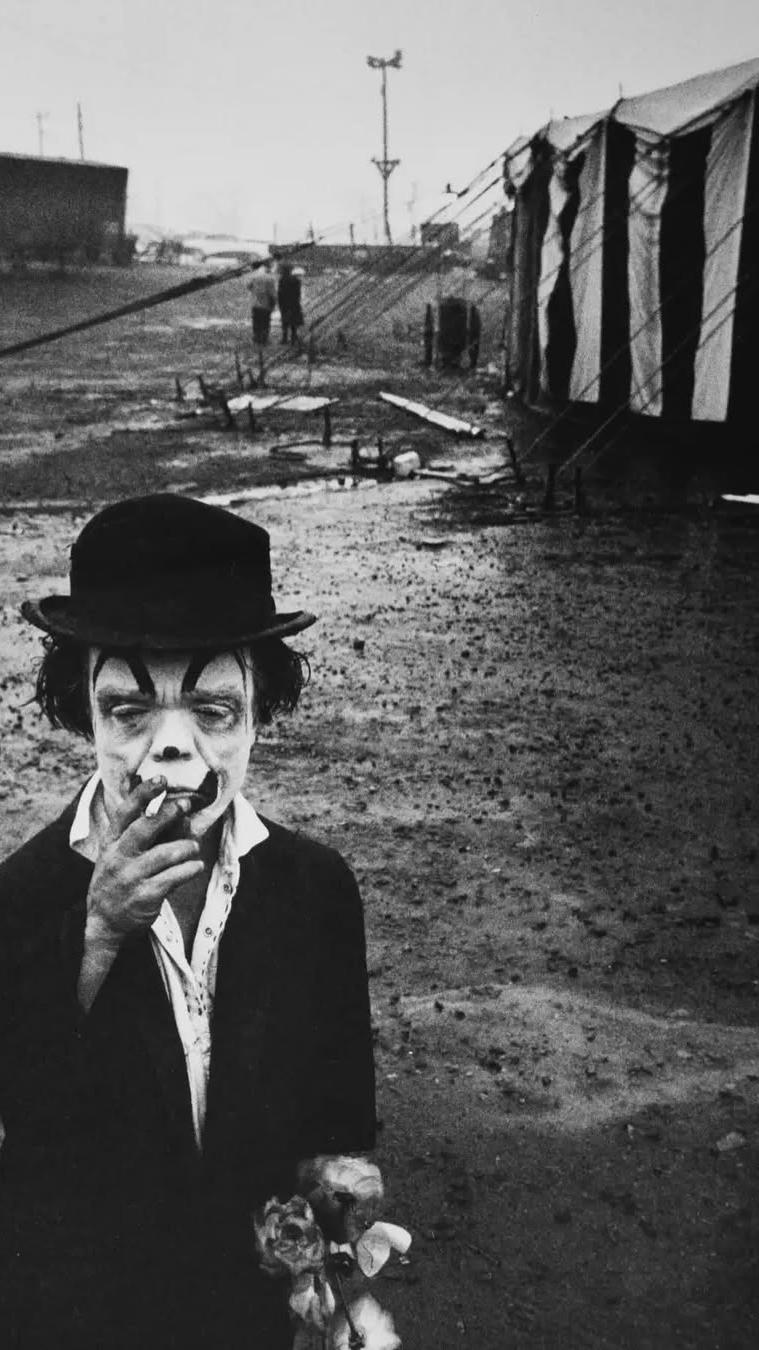Best Of: Workplaces
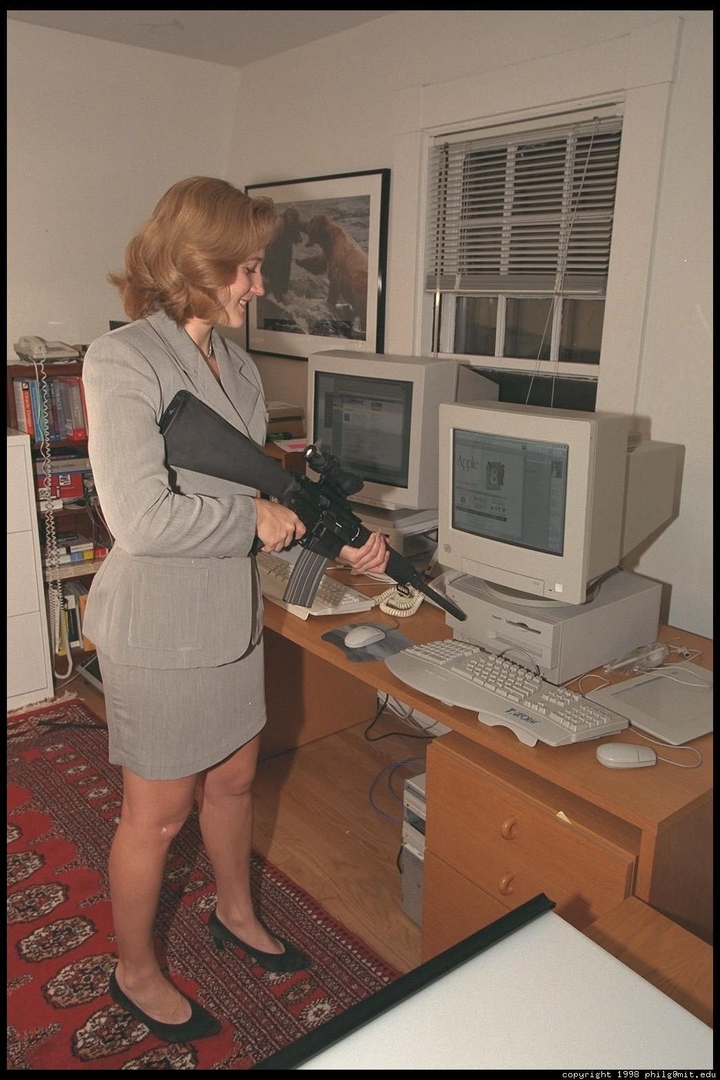
IKEA Canada posted an advertisement for their office furniture in the same liminal, mint-carpeted space that has become an iconic mark of the show, Severance.
In other words: A Swedish megacorporation leveraged a fictional show that critiques megacorporations to sell consumers products that make them feel like they’re in the prison of Severance’s megacorporation.
![[object Object]](https://cdn.sanity.io/images/7hyzopih/production/61fc1a0fcfc4debfd90479360ae0bcfd93aac86c-1080x1350.jpg?auto=format&fit=max&q=75&w=540)
The original ad from Ikea Canada
And it worked. Read the comments—posters are eager to engage, not just with IKEA’s ad, or the fandom and cultural discourse surrounding the show, but with the aesthetic of corporate hellscapes themselves. With Severance, the debased workplace has gotten sexy again, albeit in a perverse way.
The idea of the ‘workplace’ is a provocative one. For the lay person, there’s something fascinating about the spaces other people work in. For artists, the symbolic and memetic potential of ‘the office’ is immense. Today their meaning is even more dynamic. And in this age of ascendance for the attention economy, do we ever really leave the workplace? Or do we just slip into another profit-generating machine? Does the grind stop, or just shapeshift?
![[object Object]](https://cdn.sanity.io/images/7hyzopih/production/015f84064738bd93193fc86a1c9c0bb090606585-1600x981.jpg?auto=format&fit=max&q=75&w=800)
From Lars Tunbjörk's Offices / © Lars Tunbjörk
Those are questions for another day. Today in honor of its potential inescapability—whether due to Capitalism or falling into a marketing trap—let’s look at some of the best that workplaces have to offer.
-
The Despar in Venice, Italy
There’s a clip from Werner Herzog’s 60 Minutes episode where he says to make the money to fund your first film, don’t work in an office. Instead be “a bouncer in a sex club. Work as a warden in a lunatic asylum. Go out to a cattle ranch and, and learn how to milk a cow.” Bagging purchases at the Venetian theater turned “elegant” supermarket would probably satisfy him.
![[object Object]](https://cdn.sanity.io/images/7hyzopih/production/83fd0a0e189c09f0566a42f1942dad3e12108e5b-640x427.jpg?auto=format&fit=max&q=75&w=320)
Photo by Jorge Franganillo
The Despar has been called Italy’s most beautiful supermarket. It’s not hard to believe. Housed in a 20th century theatre that retained nearly all of its frescos and ornate accents in the renovation, it’s a unique shopping experience, if a disorienting workplace.

Johnson Wax building by Frank Lloyd Wright
Located in Racine, Wisconsin, the Johnson Wax Headquarters was one of Wright’s most commercial projects. A two building job completed by 1950, the headquarters were originally an administrative building and research tower.
![[object Object]](https://cdn.sanity.io/images/7hyzopih/production/f5d646199d704368774743438ddf2102e02a12c5-2288x1142.png?auto=format&fit=max&q=75&w=1144)
The work floor / Photographs in the Carol M. Highsmith Archive, Library of Congress, Prints and Photographs Division
From the jump, the company wasn’t sure exactly what it wanted, taking a research trip to the Hershey’s Chocolate headquarters for inspiration. After a series of unsatisfactory designs by lesser architects they handed the reins over to Wright. He told him he’d deliver something that was ‘not what you’d expect.’ He probably did.
![[object Object]](https://cdn.sanity.io/images/7hyzopih/production/e95272b99e54e510c183257be3f290e4f6632127-926x730.jpg?auto=format&fit=max&q=75&w=463)
The Courtyard / Photographs in the Carol M. Highsmith Archive, Library of Congress, Prints and Photographs Division.
A US Government SCIF
SCIF (sensitive compartmented information facilities) are highly secure rooms where government officials go to discuss sensitive information. They’re minimal, functional, and designed to prevent eavesdropping or accidental information slippage. They can also be built anywhere. When Trump became president the first time, they built one at Mar-a-Lago. SCIFs come with rules, like no personal cell phones, smart-watches, and thumb-drives.
![[object Object]](https://cdn.sanity.io/images/7hyzopih/production/078b4568e54c7179b9a0a766771e86f0974230ea-1599x1066.jpg?auto=format&fit=max&q=75&w=800)
President Barack Obama and National Security Advisor Susan E. Rice talk on the phone with Homeland Security Advisor Lisa Monaco to receive an update on a terrorist attack in Brussels, Belgium
![[object Object]](https://cdn.sanity.io/images/7hyzopih/production/5ad9662ee4bbe893c750125c569e2c85c237ec3f-1887x1258.jpg?auto=format&fit=max&q=75&w=944)
Trump in the SCIF at Mar-a-Lago
The Prada Headquarters in Milan
Unveiled in 2000, Prada's Milan Headquarters, located in a former industrial space between via Bergamo and Via Fogazzaro, aren’t all that exceptional apart from Miuccia Prada’s personal office, which features a winding slide that funnels from the office into the interior courtyard. The slide was developed as an art installation by Carsten Höller, and is presumably never used.

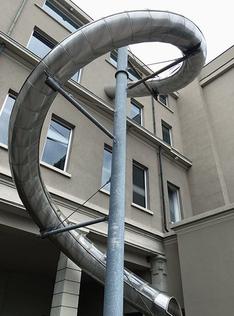
The desk begins beside her desk / Photograph by Juergen Teller for System
Lars Tunbjörk’s Office series
Tunbjork spent five years of the dwindling 20th century photographing office spaces in many of the world’s prominent metropoles. From New York to Tokyo to Stockholm, Tunbjörk searched for images that captured the melancholy of the spaces he called ‘the most common’ in the western world. While offices have changed since the series debuted in 2001, the essence of corporate malaise (and, more complicatedly, beauty) will be familiar to even those of us who have only ever known open floor plans.
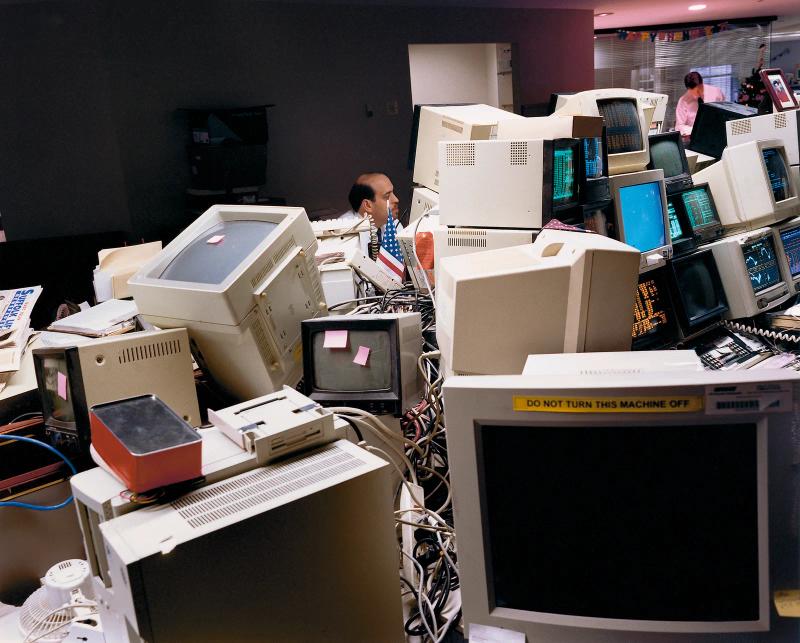
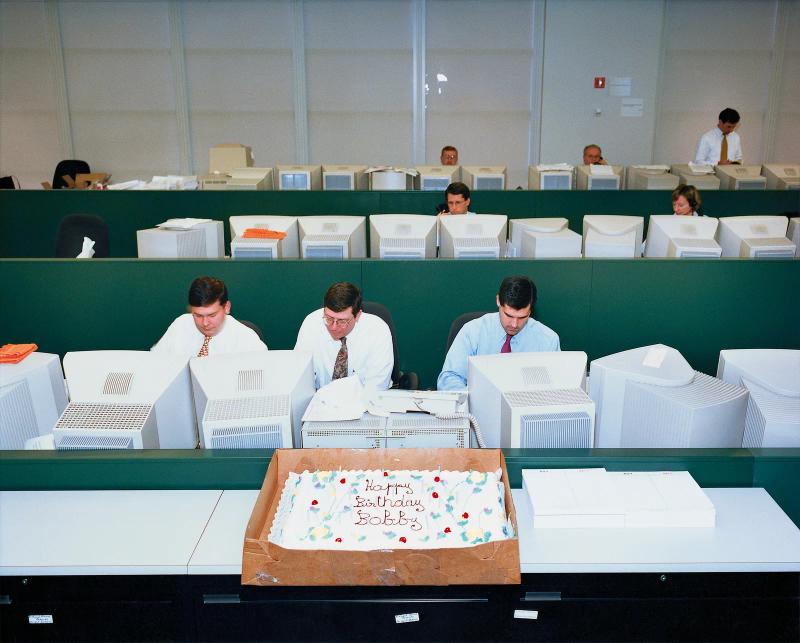
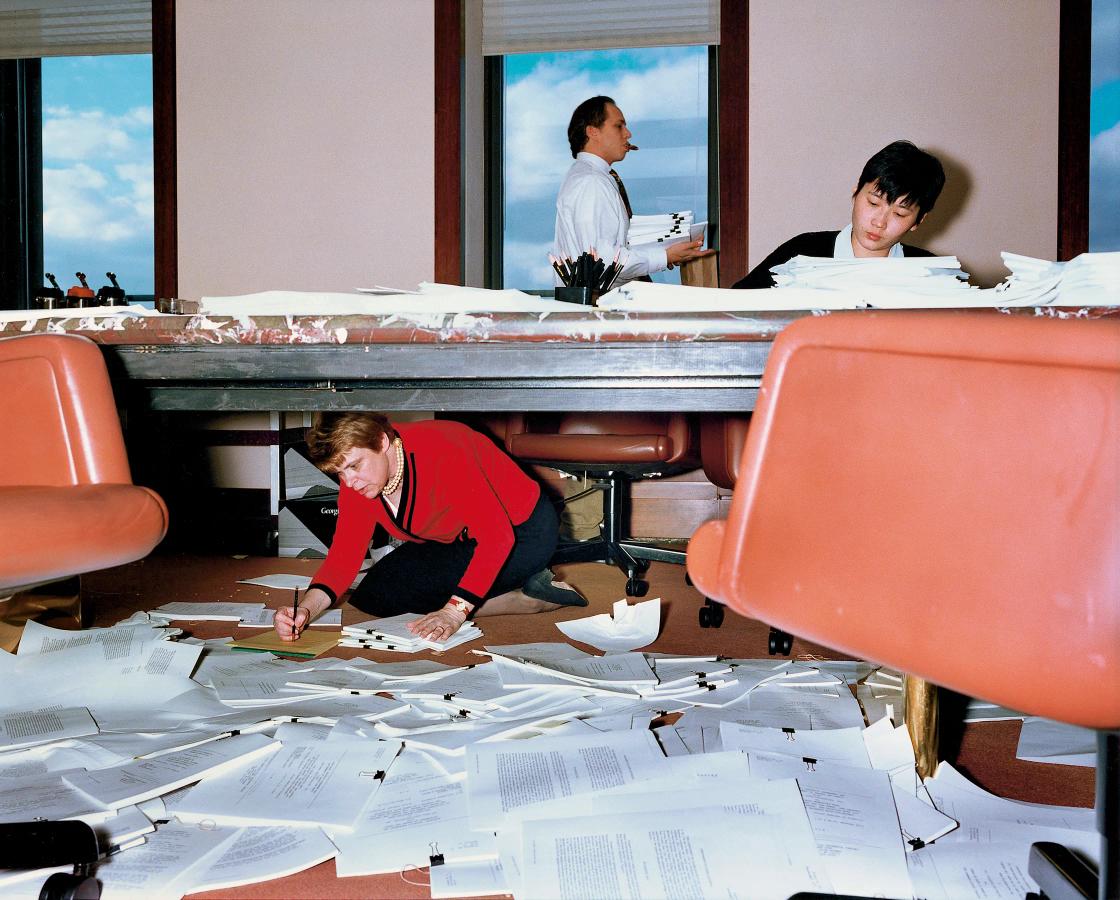
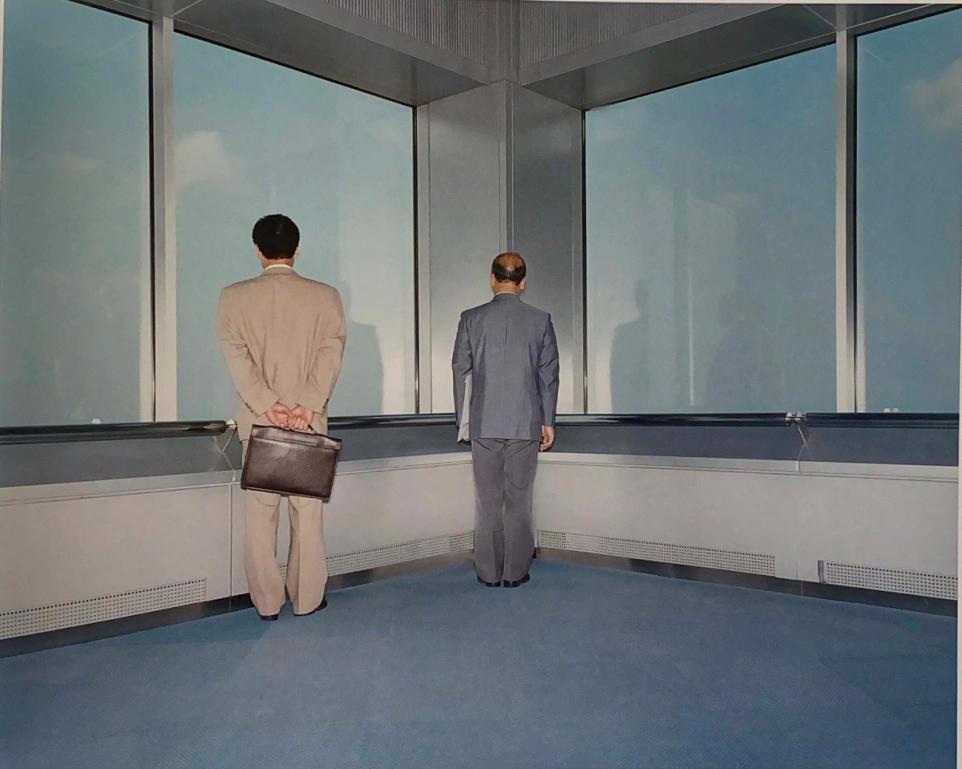
All images: © Lars Tunbjörk
Anna Fox’s Work Stations
A similar but earlier and more specific office documentation project, Anna Fox’s Work Stations depicts the late 80s British office scene. It was an electrifying period in Britain industry, and the competitive pace of the Thatcher years is palpable in her images.
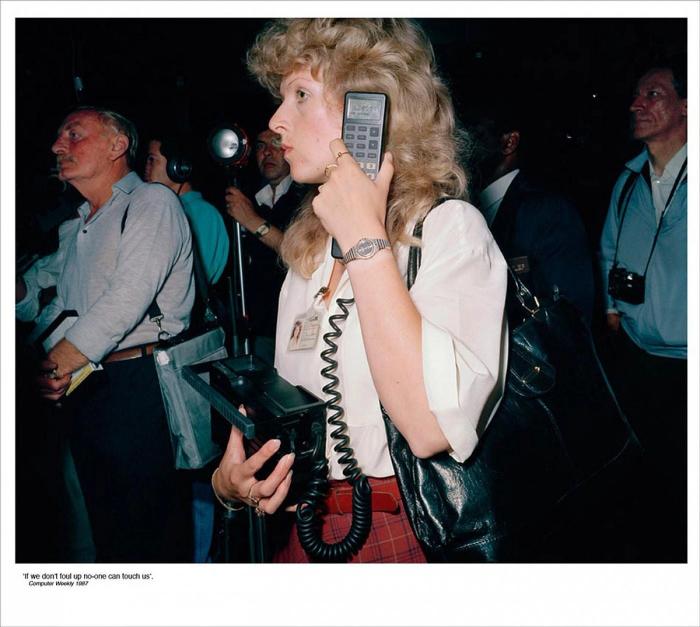
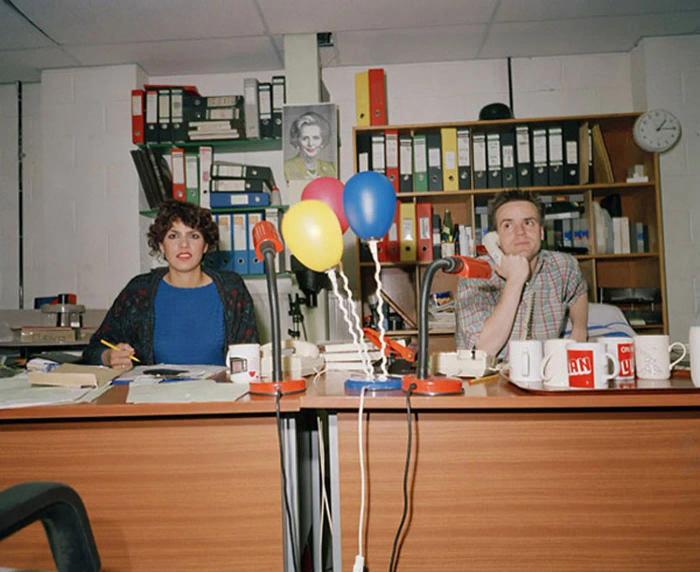
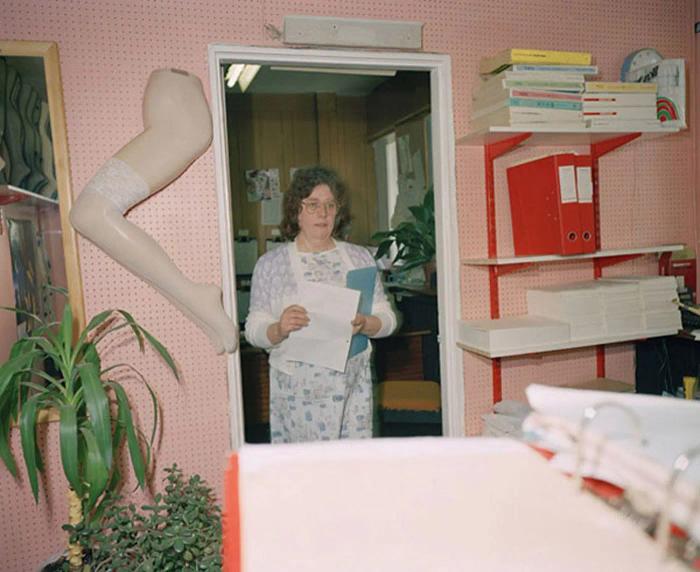
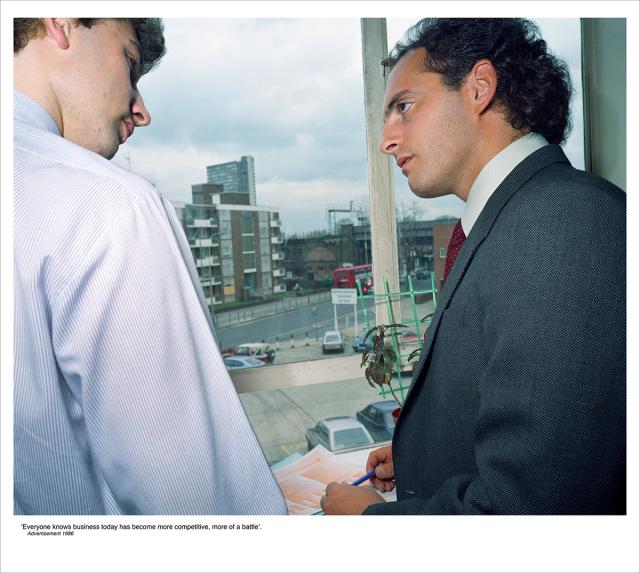
Images from Anna Fox's Work Stations / © Anna Fox
The office with the aquarium desk dividers
A great idea, and evidently one of only a few going around, as the software company whose office this was is now defunct.
![[object Object]](https://cdn.sanity.io/images/7hyzopih/production/996d9b18a51cb8a93f49e77cda04c575f21373b4-634x708.webp?auto=format&fit=max&q=75&w=317)
Photo originally published in Daily Mail
Shaggy’s Basement
The co-founder of The Pirate Bay, given name Gottfrid Svartholm Warg but fondly known as "Shaggy" to the indebted masses, worked in a space that looks almost exactly what you’d expect it to look like.
![[object Object]](https://cdn.sanity.io/images/7hyzopih/production/367ef1af563b926b97baca3c092a17df0037c07d-640x480.webp?auto=format&fit=max&q=75&w=320)
Shaggy making the magic happen
Bahnhof Office
Built into a former anti-atomic bomb shelter in Stockholm, the Swedish Internet provider’s office is built directly into the natural granite. Sweden should be in good shape internet-wise in the case of a global nuclear event.

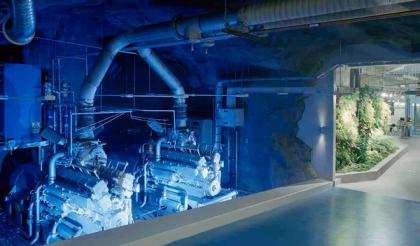

Images via Albert France-Lanord (A)rchitects

